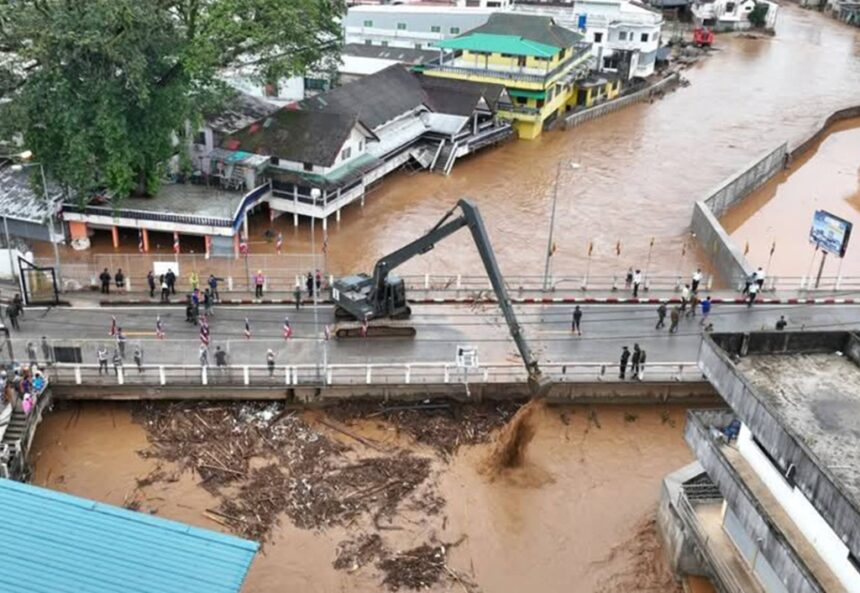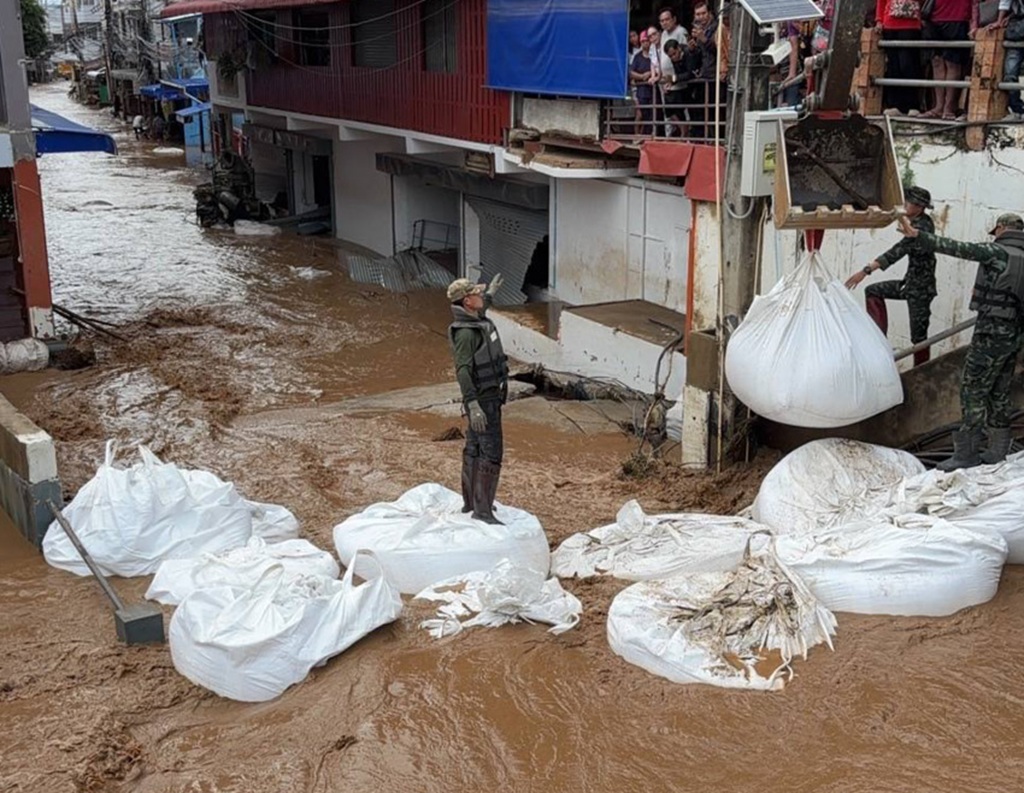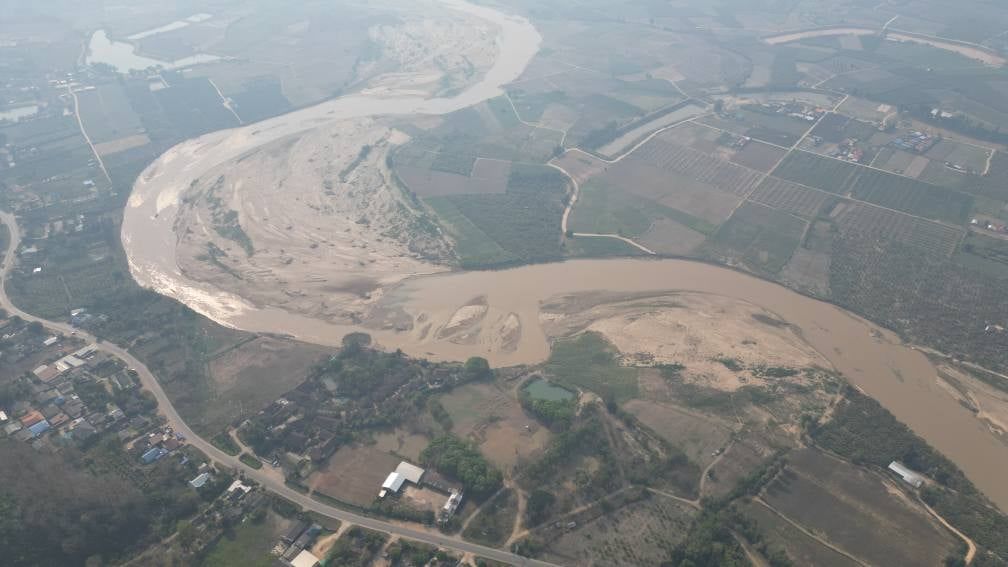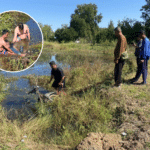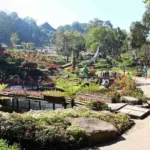CHIANG RAI – Heavy rain throughout the night caused water levels in the Mae Sai River, Chiang Rai, to rise quickly and overflow the embankment from around 2 am. Floodwaters spread throughout several riverside communities on both sides of the border.
Areas affected include those hit by major floods last year, such as Ban Tham Pha Chom, Talad Sai Lom Joy, Talad Noi Muang Daeng, Muang Daeng, Mai Lung Khon, and Koh Sai. In some places, floodwater reached 0.5 to 1 metre deep.
Families rushed to move their belongings to higher ground to protect them from damage.
Under the first Thai-Myanmar border bridge, the river overflowed sandbag barriers on the road beneath the bridge. This allowed water to rush into more inner areas and flood even more communities along the river.
By about 6 am, the water level stayed high and looked set to rise further, as reports from Myanmar said upstream areas were still seeing heavy rain. Local officials urged people to monitor the situation closely.
At 8 am, water under the first bridge began to drop, but authorities warned that more water could still arrive.
The Mae Sai District Chief, together with the army, local council, and other teams, worked fast to clear debris from the bridge and reinforce sandbags where water was breaking through. They also contacted Myanmar to temporarily close the border checkpoint.
Charin Thongsuk, the Governor of Chiang Rai, told the Mae Sai District Chief and local agencies to provide urgent help to affected residents and to assess the damage as soon as possible.
All agencies, including the army, local government, and the Department of Disaster Prevention and Mitigation, sent staff and equipment to help people in Mae Sai quickly. The Army Disaster Relief Centre (37th Military Circle) sent troops and two medical teams to help people move their belongings to higher ground.
The Prime Minister ordered the Minister of Interior to step in and help residents after floodwater from Myanmar swamped Mae Sai.
The Ministry of Public Health was told to collect water samples to check for contamination and to monitor the health of affected people, while everyone was asked to keep a close watch on the situation.
Residents in Mae Sai, Chiang Rai, Thailand, are facing significant concerns due to arsenic and other heavy metal contamination in floodwater affecting their lands, primarily linked to upstream gold mining activities in Myanmar.
This flooding has raised fears of waterborne diseases and arsenic contamination, prompting officials to establish temporary shelters at locations like Mae Sai Municipality and Wat Phromwihan.
The Sai and Kok Rivers, which flow from Myanmar into Thailand, have shown elevated levels of arsenic, lead, mercury, zinc, and cyanide, largely attributed to gold mining in Myanmar’s Shan State.
For instance, arsenic levels in the Sai River were reported at 0.014 mg/L, exceeding Thailand’s safety limit of 0.01 mg/L, and the Kok River showed levels as high as 0.031–0.036 mg/L at some points. Mining runoff has narrowed the Sai River, exacerbating flooding and spreading contaminants.
The contamination threatens local agriculture, fisheries, and water supplies. Residents in areas like Ruammitr village worry about arsenic seeping into shallow wells used for household purposes, and fishing has been halted in some areas for over two months due to health risks. Crops irrigated with river water are also under scrutiny, as arsenic could accumulate in produce.
Arsenic exposure can cause immediate issues like skin irritation and digestive problems, with long-term risks including cancer. Other heavy metals like lead and mercury are linked to nervous system damage, kidney issues, and developmental disorders, particularly in children.
Authorities have banned the use of the Kok and Sai River water for drinking or farming. The Provincial Waterworks Authority claims treated tap water in Mae Sai is safe, as treatment processes remove heavy metals.
Efforts are underway to build sediment-trapping barriers to filter contaminants, with discussions involving Thailand, Myanmar, and possibly China to address upstream mining pollution.




